Most people are smitten by the third hole. That’s about how long it takes here at The Golf Courses of Lawsonia-Links Course in Green Lake, 100 miles northwest of Milwaukee, to figure out that there’s something really special about this daily fee layout. The Gothic scale of its bunkering, the outrageous presentation of its platform greens and the lateral room given to play off the tee all make for an overwhelmingly impression. It’s public golf on a Golden Age treasure ground.
Give credit to the operations team of Oliphant Golf Management for giving the Links Course the space it needs to showcase its classical aggressive scale. Years of peeling back tree have now revealed the full scope of the feature work. The maintenance meld matches the shot making. The firm, fast turf enables golfers the option of ground game chess to negotiate the fortress-like mounds, swales and putting surfaces.
The real geniuses behind this memorable design are among the least recognized of their Golden Age colleagues. William B. Langford (1887-1977) & Theodore J. Moreau (1980-1942) were not as famous as such contemporary design tandems like Charles Blair Macdonald & Seth Raynor or Harry Colt & Charles Alison. Nor did they have the wealthy client base or choice properties of those duos. But they dutifully plied the Midwest and South in the 1920s and 1930s stamping out dozens of distinctive layouts.
Not enough of them have survived, and too many that remain were subjected to heavy-handed renovation. Lawsonia-Links, built in 1929, remains by far the best of the lot. And even though those first three holes are all mid-range par-4s that dogleg right, each with a massive bunker intervening on the right side, there’s no question the opening trio grab your attention, have a different feel, and remain etched in your mind for their heavily forged look.
They were not afraid to make their work look manufactured. Consider the par-3 7th hole at Lawsonia-Links, 161 yards from an elevated tee, played downhill across the toe of a slope to a putting surface that juts out of the ground as id there were something large buried underneath. That’s because there is – a boxcar underneath.
Langford, a three-time member of Yale University’s NCAA Championship golf teams, trained as an engineer and retained a lifelong commitment to public golf. He was also one of fourteen founding members of the American Society of Golf Course Architecture back in 1947.
Together with Moreau, who was also an engineer, they specialized in very detailed plans for earth moving, all the while keeping costs down by limiting their cuts and fills to small distances on site. The deep swales you spot on a Langford & Moreau course produced the dirt for a nearby mound. And they weren’t afraid to keep digging and piling up, all the while making steep cuts that accentuated a natural slope.
That’s evident 65 miles southeast of Lawsonia at West Bend Country Club, a private facility that has become something of a mecca for students of Langford & Moreau. The first nine anyway, which opened in 1930. The more modern back nine, not done by Langford & Moreau, has its own very modern character.
West Bend’s opener is a 420-yard par-4 that climbs steadily to the sky, with as steep shoulder of green that collapses on the right into oblivion. And West Bend’s is an elegant chicane of a double-dogleg hole par-4, 361-yards of wildly curving ground to a platform green that feels like it was hammered into place.
Over on the north side of Milwaukee, Ozaukee Country Club, a 1922 design by Langford & Moreau, conveys much of their telltale work, though the place would benefit from considerable tree management to help restore the original scale of the place. When Tommy Armour won the 1929 Western Open there Ozaukee was more of an open prairie than a woodland.
For a curious example of how modern renovation can co-exist with original design boldness, Wakonda Country Club in Des Moines, Iowa, provides a test case. A full color watercolor rendering of Langford & Moreau’s design from 1918 for what was going to be a 27-hole layout (they only built 18) shows their characteristic deep dish bunkering with flat sand bottoms and towering leading edges. Over the years, a lot of renovation work and tree growth have changed the place, but you can still go out there and find many of the original Langford & Moreau bunker floors – out in the woods paralleling the existing golf holes.

By contrast, Skokie Country Club, on Chicago’s north side, has effectively melded two versions of classic era design. There, a Donald Ross layout from 1918 that was home to the 1922 had to be adjusted when the club engaged in a land swap in the 1930s. Langford & Moreau came in and added nine new holes, weaving their own more aggressive sensibility with Ross’s marginally milder approach. The 1938 work by Langford & Moreau is unmistakable on Skokie’s par-3 12th hole – 228 yards, diagonally across wetlands to a vaulted green with catcher’s mitt corners and perched over a water hazard.
For those into the forensics of classic course architecture, Langford & Moreau’s work remains an easy object of study. That’s what makes a visit to Kankakee Elks Country Club, 66 miles south of downtown Chicago, such a rewarding trip. Here, for a green fee that tops out at $30 walking, $40 riding, the amateur sleuth can enjoy a well-groomed layout with simple, rounded greens and only a handful of bunkers. But it doesn’t take much to see the heavy imprint of Langford & Moreau crying out everywhere to be seen – and restored. The massive platform greens deep-dish bunkers are like ghosts reaching out for recognition.
You come away from Kankakee inspired by the vision these two designs had and slightly depressed that it’s not all been put back in place. Bur there it is, to be seen and appreciated. It’s amazing how architecture can live on, even when it appears to be gone.


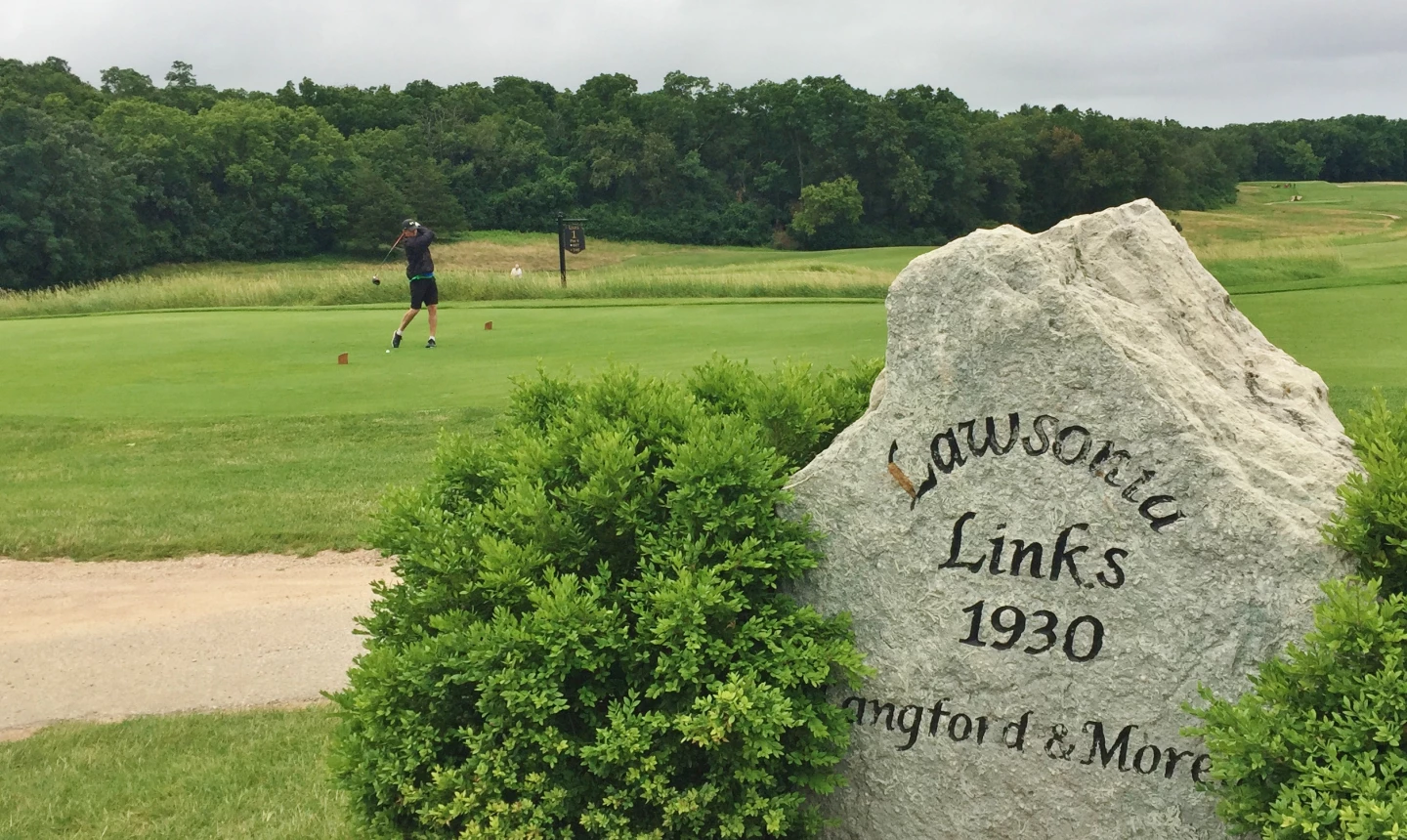

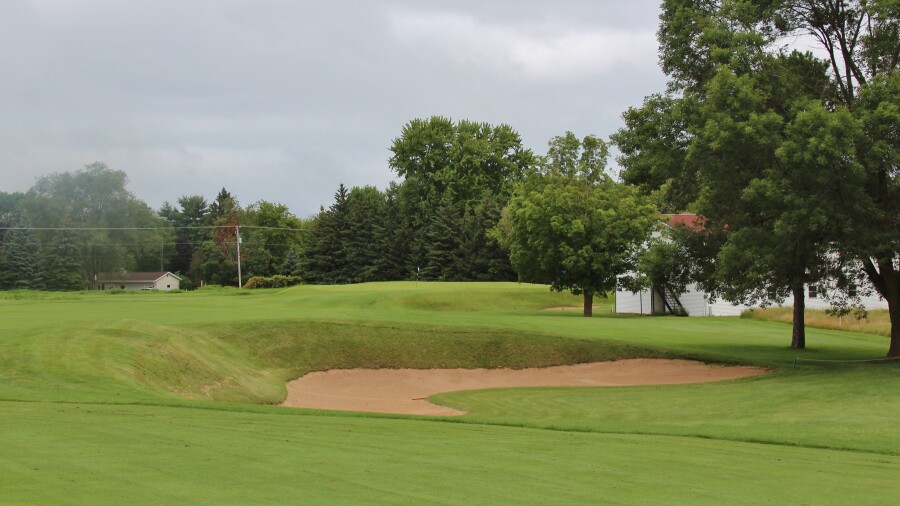
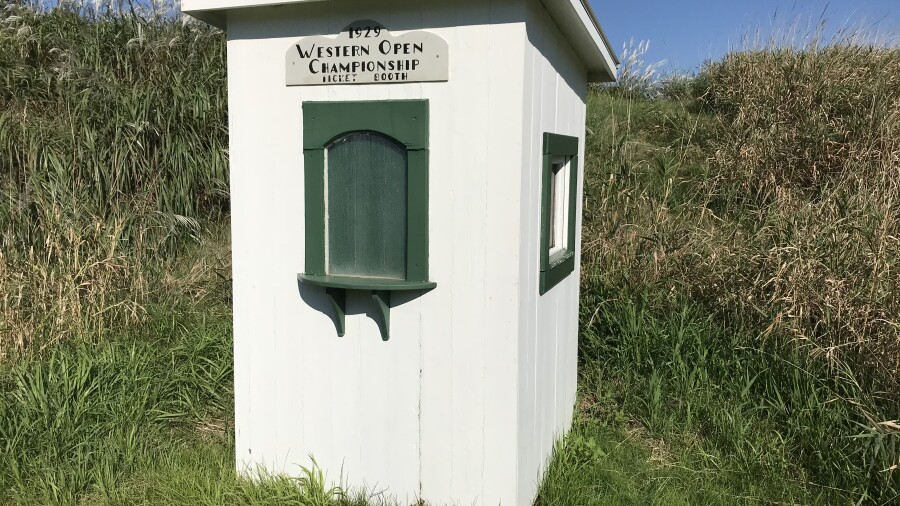
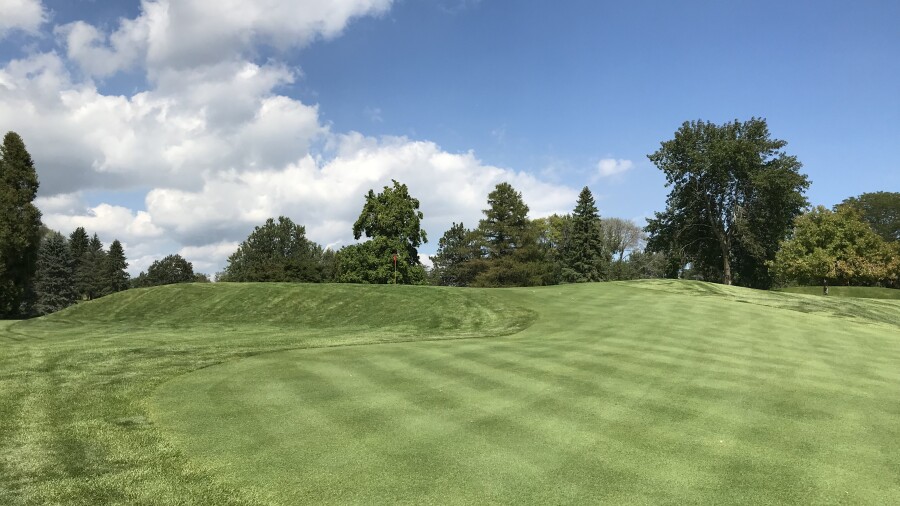





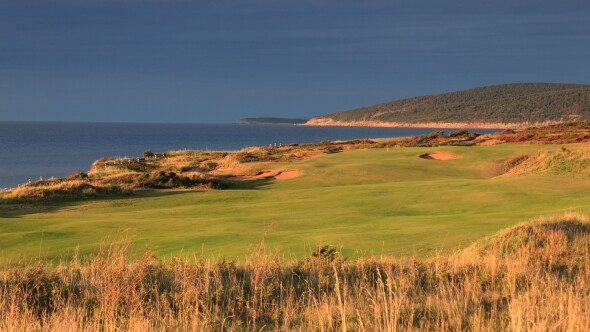
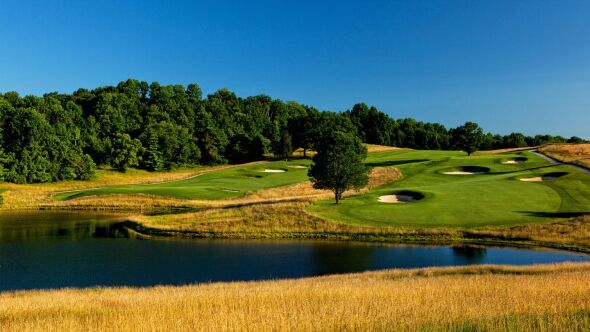





We had a wonder L and M design at Eglin AFB, the Eagle Course, but in 2008 the modernization by the government had Robert Walker bulldoze a beautiful design and an awesome course to play, and replace it with a ho-hum replica of numerous boring courses.
Meijer Classic at Blythefield CC in Belmont(Grand Rapids) Michigan
the LPGA tour plays at a Langford Moreau course currently at the Meijer Classic
First played Lawsonia in 1964 as a sophomore at nearby Ripon College.
Live in TN now, but have gone back many times to play Lawsonia's 36 holes. Beautiful and a treat to play.
My late-afternoon round at Lawsonia Links in August 2016 stands out as one of the most peaceful times I've ever had on a golf course. If I ever luck into the opportunity to design/build a course, I think I will use L&M as primary inspiration.